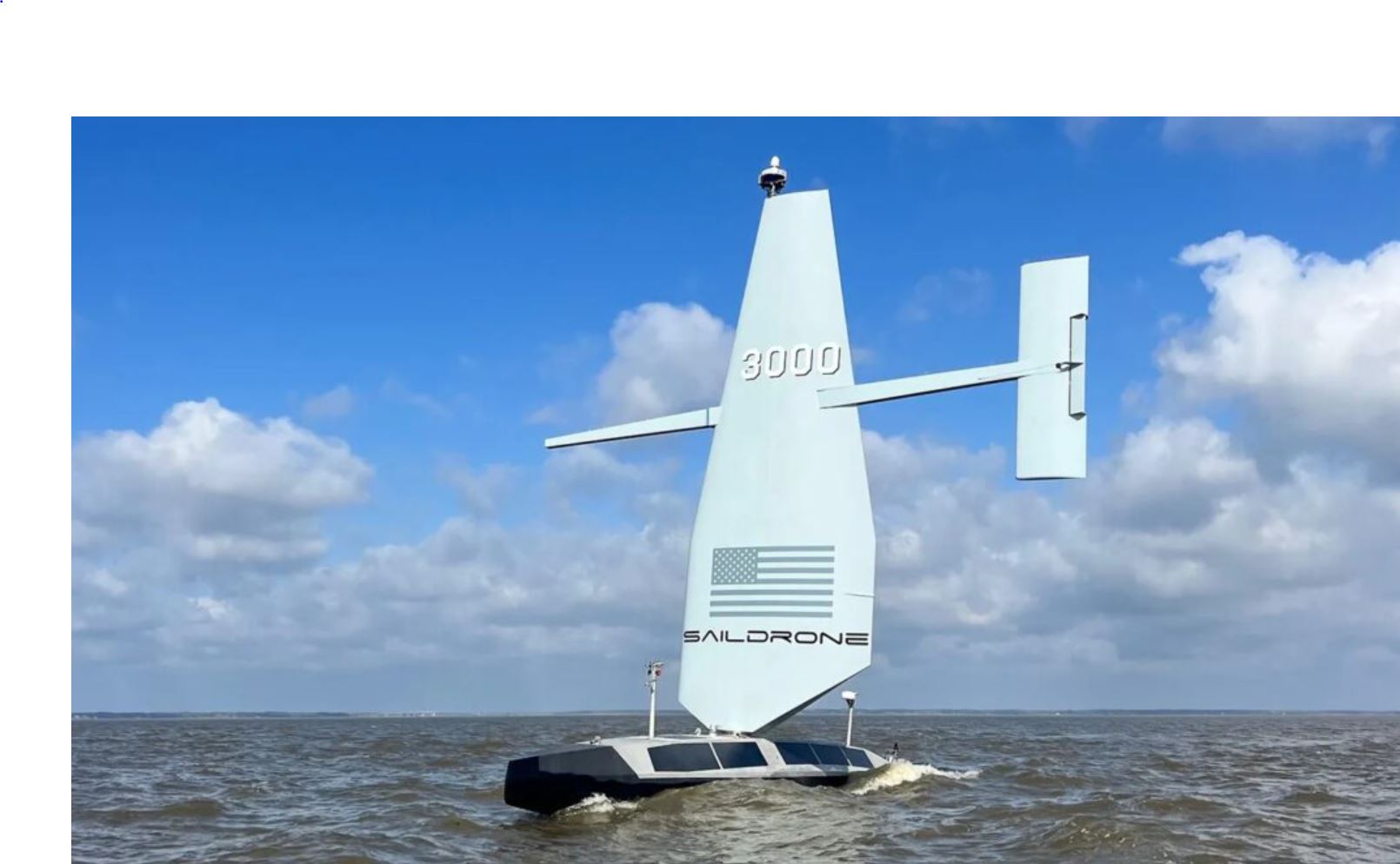 Saildrone Inc. and Meta recently joined forces for a hands‐on test of autonomous technology during a deep-water cable route survey in the North Atlantic. Using their innovative 20‑meter Saildrone Surveyor, the teams set out to prove that unmanned vessels can now match the data quality of traditional crewed boats—all while cutting costs and minimising risk.
Saildrone Inc. and Meta recently joined forces for a hands‐on test of autonomous technology during a deep-water cable route survey in the North Atlantic. Using their innovative 20‑meter Saildrone Surveyor, the teams set out to prove that unmanned vessels can now match the data quality of traditional crewed boats—all while cutting costs and minimising risk.
Over a 26‑day period between June and July 2024, the Surveyor meticulously covered more than 4,500 kilometres of seabed. Outfitted with a Kongsberg EM304 MKII multibeam sonar, it managed to deliver swath coverage up to 10 kilometres across water depths reaching 5,500 metres. The vehicle adeptly navigated complex underwater landscapes without ever needing a port call or external support, showing off its capability to keep pace with legacy survey methods.
If you’ve ever wrestled with balancing thorough data collection and operational safety, you’ll appreciate how this mission tackled both. By letting hydrographic surveyors and cable route engineers work from shore, the project reduced not only personal strain but also cut an estimated 243 tons of CO₂ emissions compared to conventional vessels. In short, it’s a nod to technology that’s as environmentally aware as it is efficient.
Saildrone’s blend of advanced sensors and smart AI algorithms doesn’t just capture data—it offers a dynamic way to re-task survey operations on the fly. Through their Mission Portal and high-bandwidth satellite links, experts could pivot quickly to investigate features like seamounts and canyons. This flexibility, once reserved for crewed vessels, is now opening doors in offshore telecommunications, energy, and even national hydrographic programmes.
With accolades like the 2025 RBR50 Robotics Innovation Award under its belt and a recent $60 million investment to expand technology into Europe, Saildrone is well poised to support global maritime operations. As they plan to extend operational range, boost weather resilience, and integrate new AI navigation tools, you can expect a steady stream of improvements that make deep-ocean survey work both safer and more effective.








